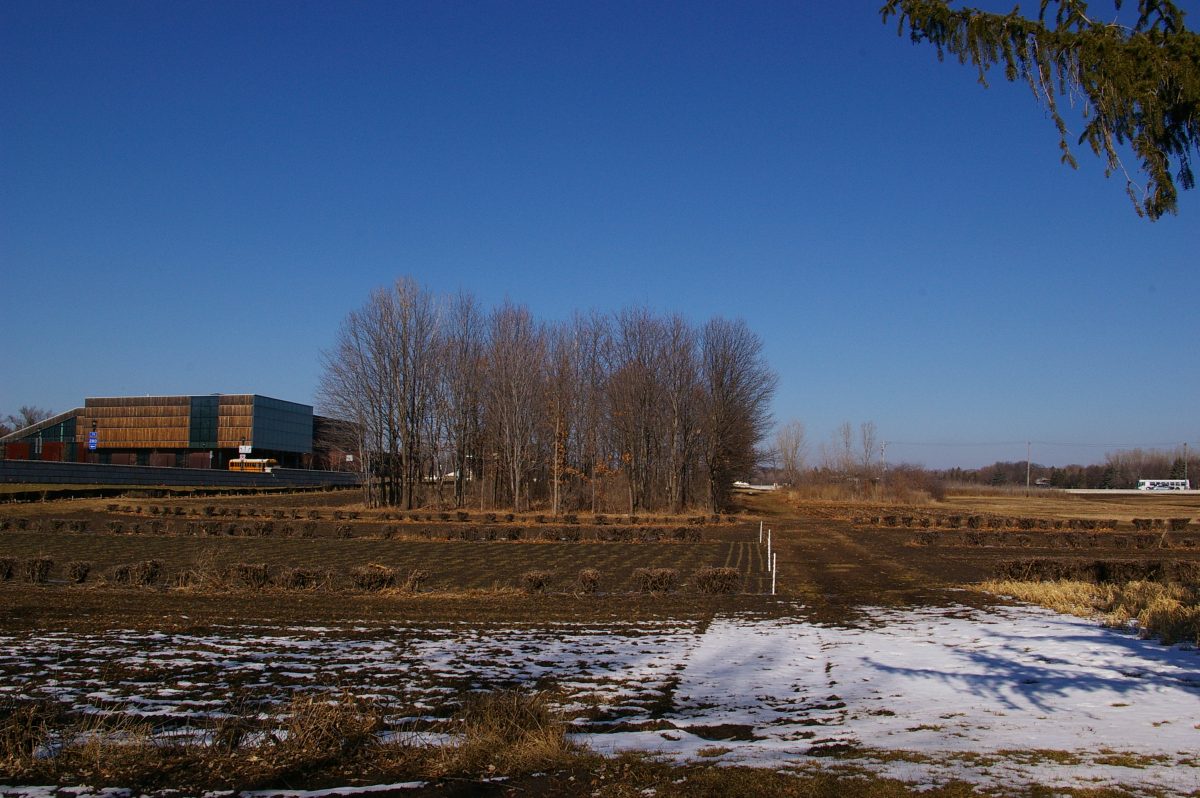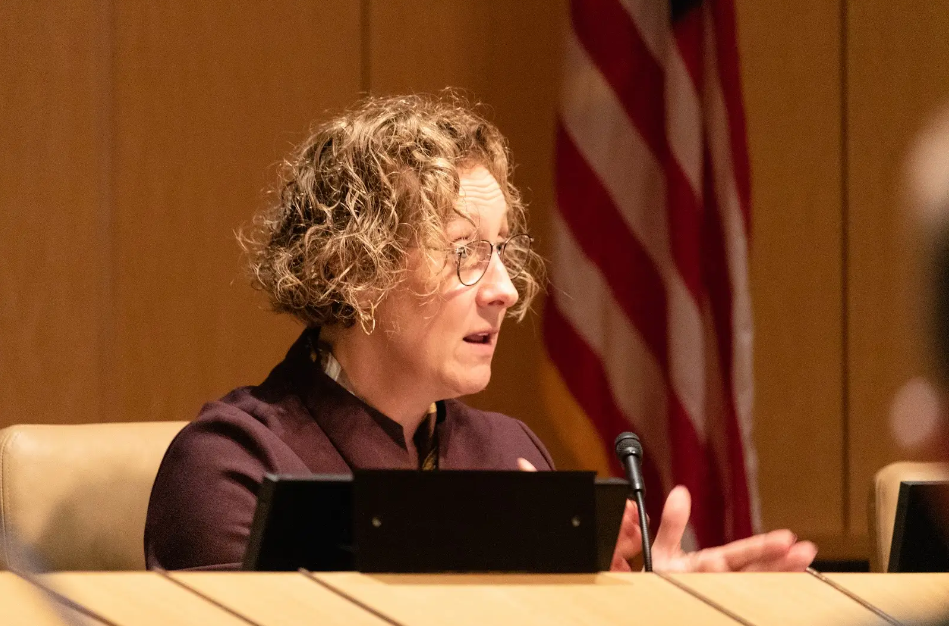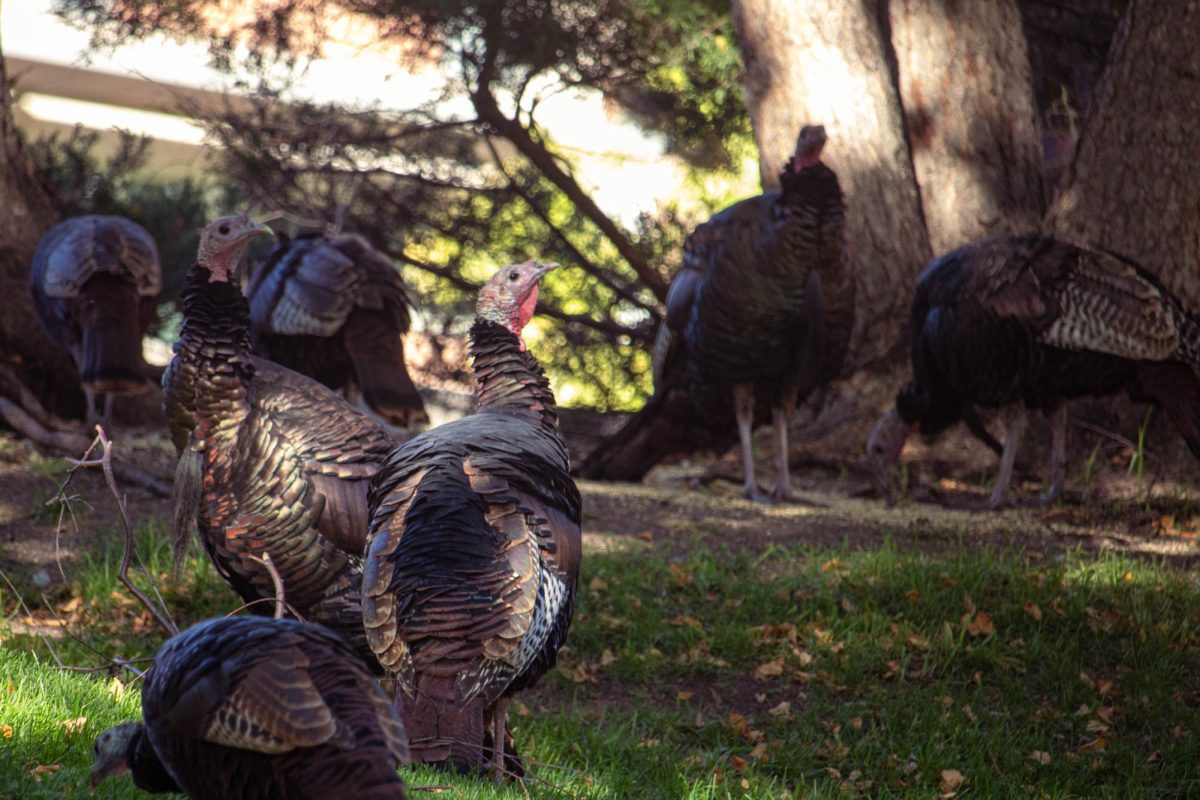Researchers at the University of Minnesota St. Paul campus were caught off guard by the unusual winter, causing them to adapt their outdoor research to accommodate the warmer conditions.
According to the Minnesota Department of Natural Resources (DNR) website, the Twin Cities broke its record for the longest January thaw at 24 consecutive days and saw the most 50-degree days recorded in early February. Researchers on the St. Paul campus did not anticipate such extreme weather, which created new opportunities for research but put ongoing research in jeopardy.
Donald Wyse, a professor in the University’s department of agronomy and plant genetics, runs the Forever Green Initiative, which is developing the next generation of crops for the state.
“We have all of these new crops out in the field that were planted in the fall and we get a winter that we haven’t experienced in over 100 years,” Wyse said. “It’s going to be interesting.”
The Forever Green Initiative is currently developing 15 different crops, including Kernza, the first perennial grain crop with a lifespan of more than two years commercially available in the United States. Perennial grain crops live for several years and do not need to be re-planted each season.
Wyse said the crops are currently surviving, but without the snow to cover the plants, they are directly exposed to potentially low temperatures. If it warms up too much, the plants may start to grow, which is dangerous if the temperature dips back down below freezing.
According to Wyse, the department of agronomy and plant genetics developed all of the major crops used in Minnesota, except for sugar beet. Currently, plant breeders within the department have been working with industries to develop crops that can keep up with climate change.
“This is what we’ve always done,” Wyse said. “The landscape is evolving as climate changes, and that drives evolution and all these other insects and diseases, and the crops have to be then bred to meet those conditions as they change.”
Alicia Coleman, an assistant professor of urban and community forestry in the University’s department of forest resources, said she has been engaging with partners in the department of horticultural science and the UMN Extension to see how different tree species that are expected to withstand climate change perform in Minnesota.
According to Coleman, the project is based on the UMN Extension ‘creating climate-ready woodlands’ list of recommended tree species based on Minnesota’s 11 ecological regions.
Coleman said the idea behind the research is not new, but it is the first time it has been applied to Minnesota. The research focuses on forest patches but includes urban areas such as streets, residential yards and parks.
Coleman said in the future, Minnesota forests could resemble their counterparts in the Mid-Atlantic region or states, like Kansas and Missouri, as the climate continues to change.
Marcella Windmuller-Campione, an associate professor of silviculture (silvi) in the University’s department of forest resources, said research within the Silvi Lab Group began in February. Typically it begins in March or early April, when they’re able to observe leaves sprouting from trees.
The University’s Silvi Lab Group is made up of researchers, faculty and students who study biometrics, forest health, forest soils and silviculture. According to Minnesota’s DNR, silviculture is the sustainable control of forests and woodlands, from establishment to composition and health.
“The trees are starting to hit those points where they’re going to have the amount of growing degree days or like the amount of warm days to start triggering, ‘oh, I think I should grow,’” Windmuller-Campione said.
Windmuller-Campione said the past two summer droughts combined with the lack of snow cover and warm temperatures could result in trees dying off.
“What we’re seeing is this warm winter and that cold snap may be that kind of last straw,” said Winmuller-Campione. “So that could be one of the last things that really opens them up to insects or diseases during the growing season.”














[email protected]
Feb 26, 2024 at 1:59 pm
As the University student newspaper, I would think you would check to be sure you spelled the name of the College correctly. It is the College of Food, AgricultURAL and Natural Resource Sciences.